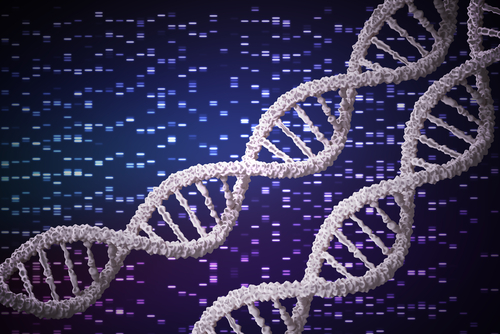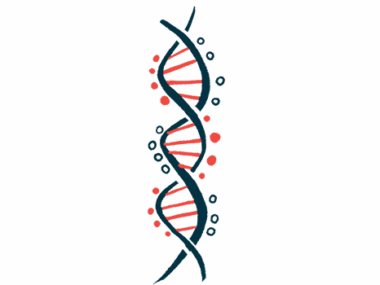Molecular Analysis Pinpoints Pathways Underlying Defects in cEDS
Written by |

Gene expression analysis of skin cells identified several molecular pathways deregulated in classical Ehlers-Danlos syndrome (cEDS) patients, which may open new avenues for therapeutics, according to a new study.
The study, “Molecular insights in the pathogenesis of classical Ehlers-Danlos syndrome from transcriptome-wide expression profiling of patients’ skin fibroblasts,” was published in the journal PLOS One.
EDS is a connective tissue disease affecting supportive tissues such as skin, bones, cartilage, and blood vessels. Patients with cEDS commonly have abnormal skin texture, usually very elastic and covered in atrophic scars, and hypermobility of the joints. Besides these two major criteria and additional minor criteria, currently the final diagnosis of EDS must include a molecular test.
The cause of cEDS is associated, in over 90 percent of cases, with a genetic defect on COL5A1 and COL5A2 genes that give rise to the collagen type V protein. Collagen is the most important constituent of connective tissue, and mutations in its genes originate a damaged protein that affects the structure of tissues.
In order to investigate whether and how genetic errors influence molecular changes at a cellular level in cEDS, researchers at the University of Brescia, in Italy, conducted a genetic screening based on RNA (the chemical cousin of DNA) isolated from skin cells called fibroblasts.
The study included four cEDS patients and nine age-matched healthy controls.
The genetic profile revealed that the activity of 548 genes was different between cEDS and the controls. The activity of 368 genes was increased (overexpressed); the activity of 180 was decreased (underexpressed).
Among the overexpressed genes, researchers saw that the most prominent were part of cellular pathways related to DNA replication, cell cycle regulation, and DNA damage/repair responses — all processes linked with cell division. Underexpressed genes were mainly related to the regulation of genetic transcription (a step needed for the production of proteins), and genes associated with the extracellular matrix (ECM), such as SPP1, POSTN, and EDIL3.
A lower expression of certain ECM genes is associated with a disturbed wound healing response by fibroblasts.
“These gene expression changes are consistent with our previous protein findings on in vitro fibroblasts from other cEDS patients, which exhibited reduced migration and poor wound repair,” researchers said.
Researchers also observed a decreased expression of genes related to the endoplasmic reticulum and autophagy (a natural process to eliminate damaged cells, structures, and products), namely DNAJB7, CCPG1, ATG10, SVIP, and VIPAS39. The endoplasmic reticulum has an important role in protein folding, and when faulty it is associated with a lack of protein degradation that could augment the accumulation of abnormal (misfolded) collagen protein in cEDS.
cEDS cells also showed deregulation of cell cycle genes, such as CCNE2, KIF4A, MKI67, DTL, and DDIAS, suggesting that cEDS fibroblasts might avoid cellular death (or apoptosis) by increasing their survival.
Overall, “our approach illustrates global mRNA profiling changes of several genes and related biological processes that could offer novel insights in the cEDS pathophysiology,” the researchers stated.
The findings “provide the first molecular evidence of significant gene expression changes in cEDS skin fibroblasts highlighting that defective ECM remodeling, [endoplasmic reticulum] homeostasis, and autophagy might play a role in the pathogenesis of this connective tissue disorder,” the team concluded.





